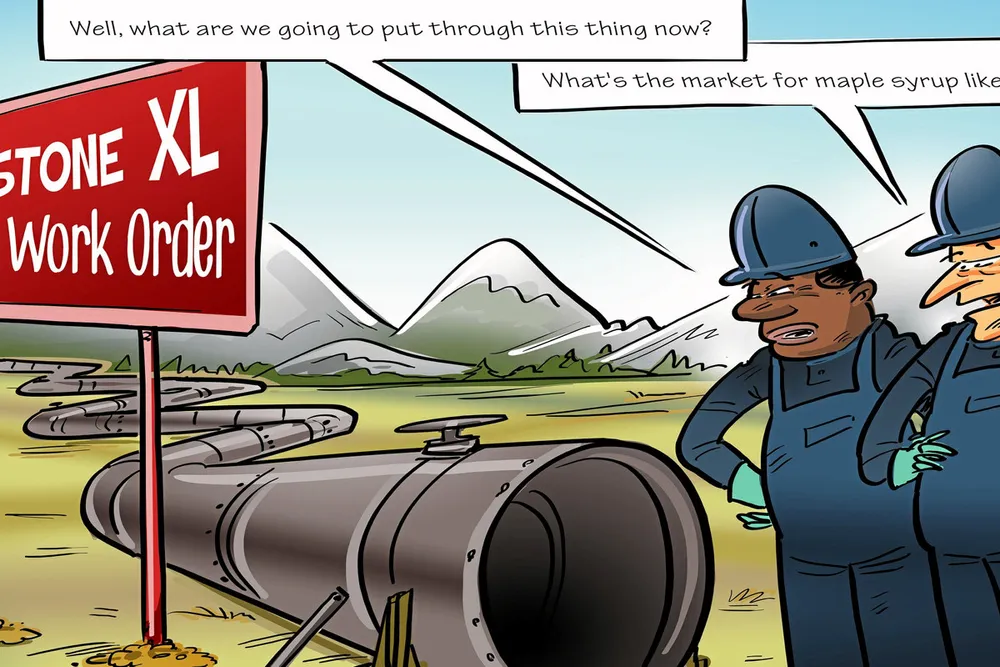OPINION: Green revolution must not leave oil and gas workers behind
To succeed, climate-change plans need to bring on board worried critics as well as cheerful supporters — through reskilling and job creation

To succeed, climate-change plans need to bring on board worried critics as well as cheerful supporters — through reskilling and job creation
